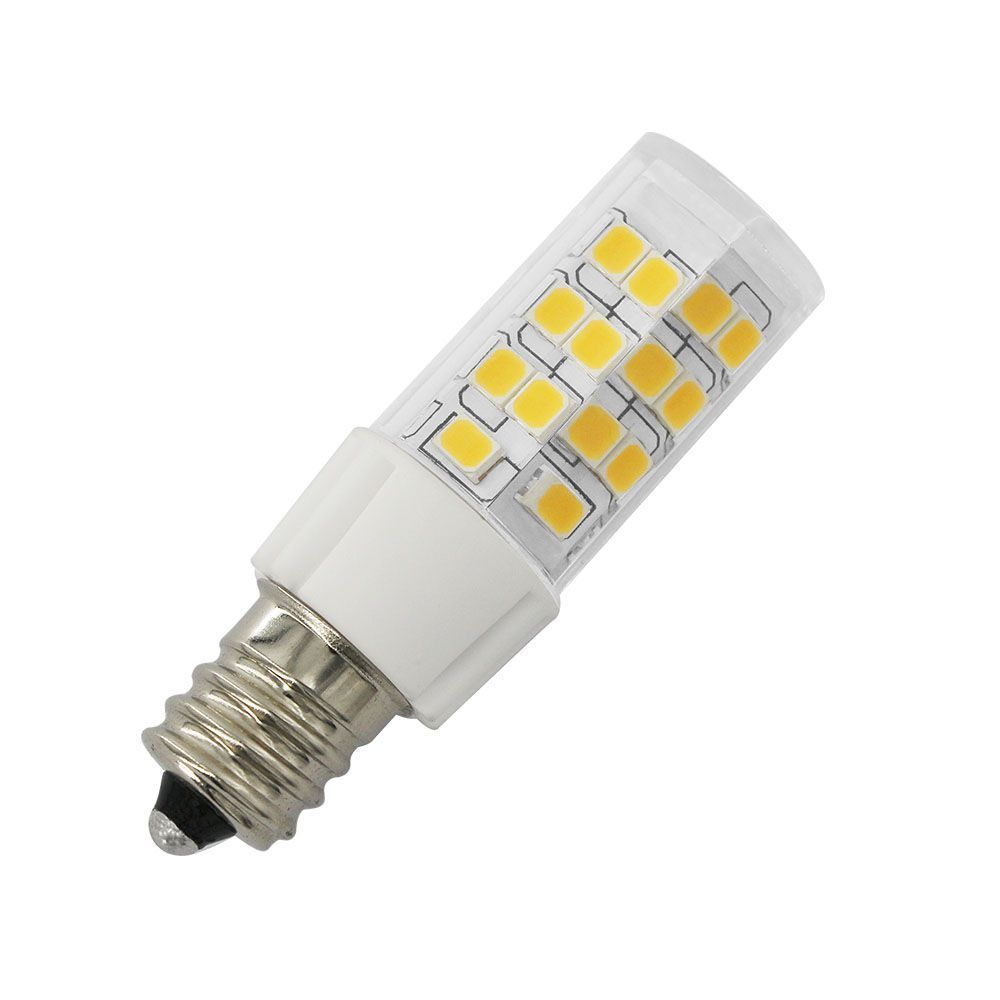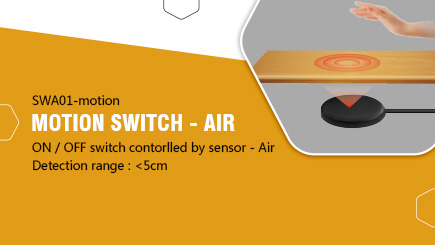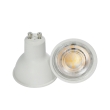Hot summer, G4 LED is also afraid of heat
2017-07-31 16:03:15
LED devices in the work of the power loss from the heat, and any resistance with electrical appliances are equivalent to a heat source, resulting in a sharp rise in thermal density, the device at the same time around the ambient temperature will affect the internal temperature, thus affecting the LED function, And life expectancy. Research shows that with the increase of temperature, the chip is proportional to the degree of damage, so the LED package for reliable thermal design, the implementation of effective thermal control measures is to improve its reliability of the key. In the electronics industry, each 10 ℃ rise, the risk factor will be higher, so 10 ℃ is a range.
The transfer of energy between objects and objects is called heat transfer, which is the most common form of heat transfer, with high energy delivered directly to low energy, touching the collision to deliver energy. In contrast, the heat transfer is confined to solids and liquids because the molecular composition of the gas is not very tight and the transfer of energy between them is called thermal diffusion.

LED as a new generation of light, the most basic optical requirements that luminous flux, and now usually by increasing the number of chips and order to change. These methods need to enter a higher power of energy, and enter the energy of the LED, only a small part will be converted into a light source, most of them are converted into heat, in a single package into the double current, heat naturally will multiply, so In such a small cooling area, the heat problem will gradually deteriorate.
LED thermal performance parameters mainly refers to the junction temperature and thermal resistance. LED bulb junction temperature refers to the PN junction temperature, LED thermal resistance generally refers to the PN junction to the shell between the thermal resistance. Junction temperature is a direct impact on the performance of LED parameters, thermal resistance is that LED thermal performance is good or bad parameters. The smaller the thermal resistance, the more easily the heat of the LED from the PN junction conduction, the lower the junction temperature of the LED, the higher the luminous efficiency of the LED, the longer the life span.





